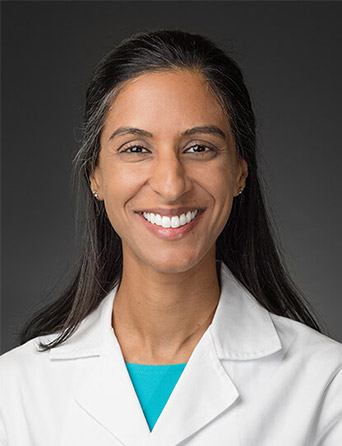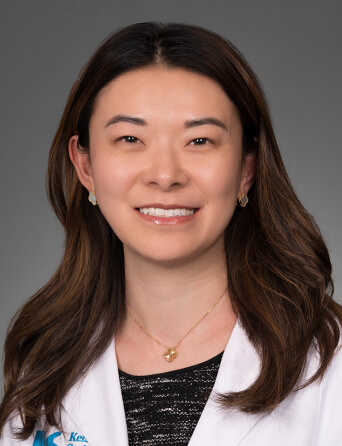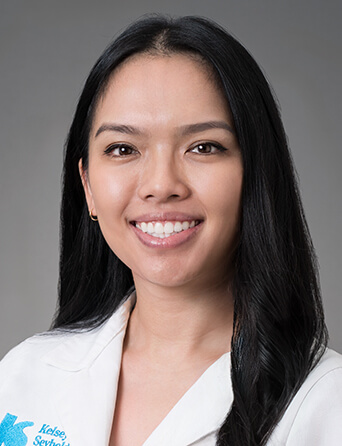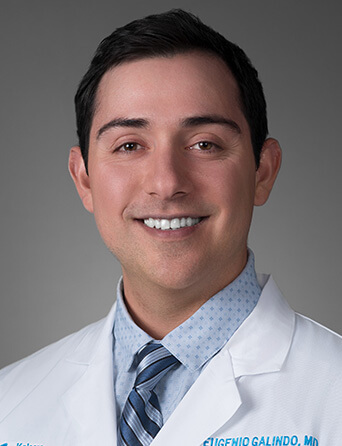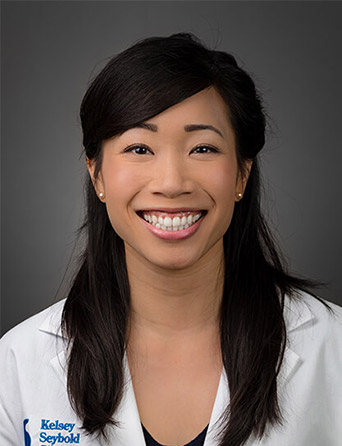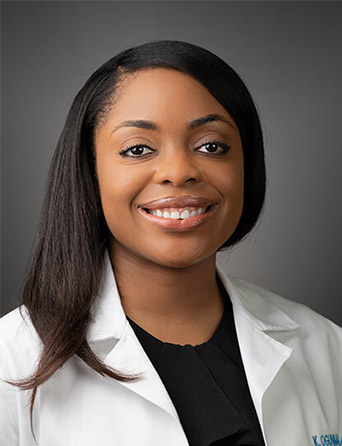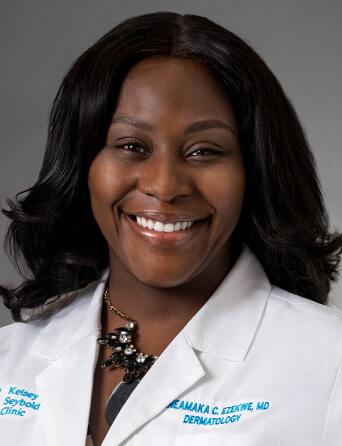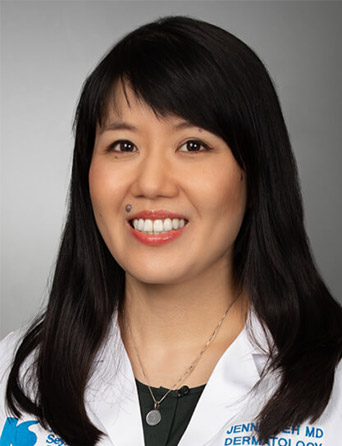Join Our eNewsletter!
Subscribe to our monthly newsletter to receive encouraging advice to help you lead a healthy lifestyle.
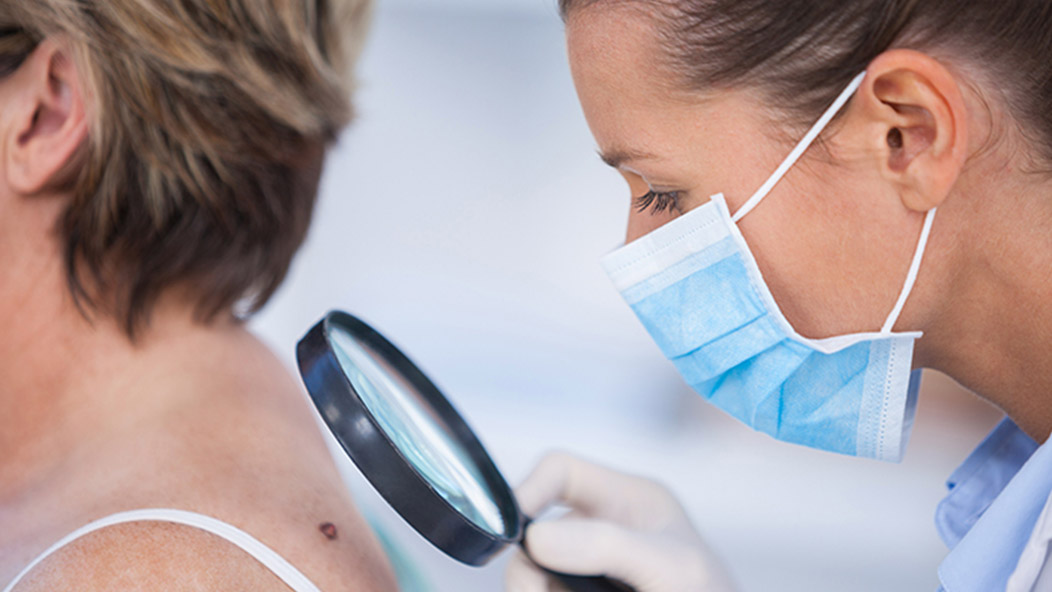
Skin Protection Q&A
Kelsey-Seybold Dermatology specialist Kimberly Mullinax, MD, answers your questions about protecting your skin from the sun and skin cancer.
Q. When should someone see their dermatologist?
A. A person should seek out a dermatologist if they notice a new or changing spot on their skin that continues to change over time, if they develop a rash that persists, and with any skin, hair, or nail-related questions.
Q. What is the purpose of a “head-to-toe” checkup by your dermatologist?
A. The purpose of the “head-to-toe” exam is to assess any suspicious or worrisome growths, to educate patients regarding what to look for when examining their own skin or the skin of their family members, and to help find skin cancers in the earliest stages.
Q. Should adults have a regular dermatological checkup once a year?
A. We recommend yearly skin checks for adults and more frequent checks for those who have had a skin cancer or other skin issues requiring closer monitoring.
Q. Generally, what happens when someone has a head-to-toe checkup?
A. The patient changes into a gown, and we evaluate their skin. Even the patient’s scalp is reviewed. Sometimes a magnifying glass or similar device may be used to look at smaller spots. If there are suspicious spots, we might remove them that day or schedule them for removal.
Q. How important are regular dermatological checkups?
A. For a person with a strong personal or family history of skin cancer, these appointments are very important. For others, they’re important for education on sun exposure, sun avoidance, sunscreen, and other preventive measures. Just because there’s no history of skin cancer, it can still occur, so get checked as you would do other preventive examinations, such as a mammogram or colonoscopy.
Q. Has there been an increase in the incidences of skin cancers that you have noticed?
A. I think we are seeing more skin cancers in general, but they are being caught earlier. That means treatment is generally more successful. Patients seem to be better informed and are watching for changes as well as being better about prevention. Parents, because they’re more informed, are teaching their children about sun protection at an early age. Preventing sunburns and too much sun exposure should decrease their chances of developing skin cancers later in life.
Q. What advice do you give your patients for protecting their skin?
A. Use sunscreen, avoid midday sun, and don't use tanning devices, such as tanning beds or tanning lamps. Cover up with hats and long sleeves if you have to be out for a long period of time. I don't tell people they can't be outdoors. I think physical exercise and staying in good physical health is important, but just be careful. There are many ways to avoid sun dangers while still enjoying the outdoors.
Q. Any other words of advice or encouragement?
A. Be careful, have fun, and see your dermatologist if you have any questions or concerns.
Meet Our Team
Our Dermatology specialists provide services for women, men, and children at several Kelsey-Seybold Clinic locations throughout the Houston area, so you’re never far from getting treatment for your skincare issues.

